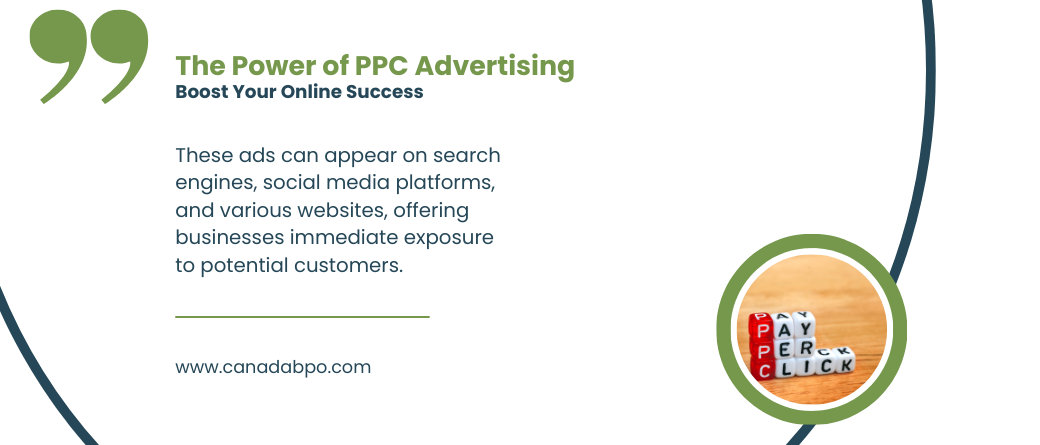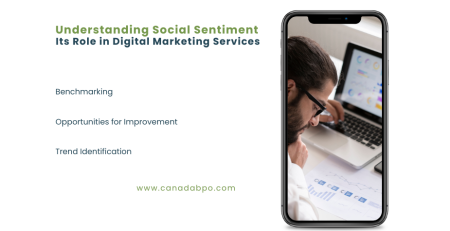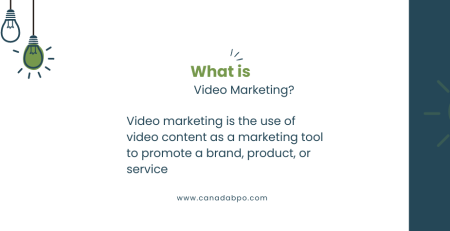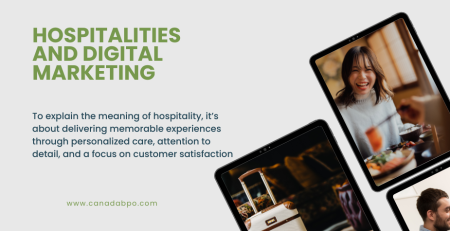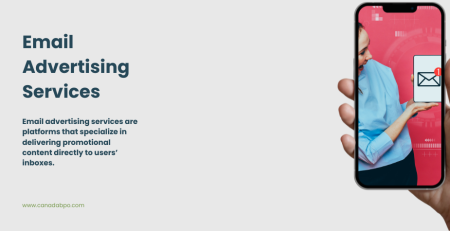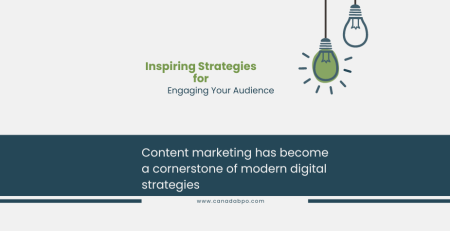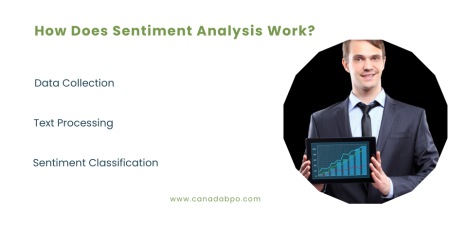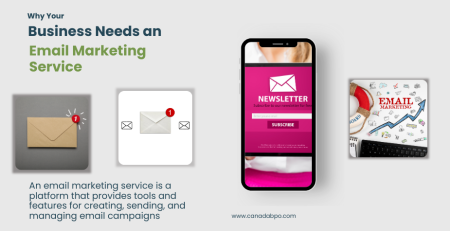In today’s competitive digital landscape, businesses need efficient strategies to reach their target audiences quickly and effectively. Pay-per-click (PPC) advertising offers a dynamic solution, allowing companies to gain visibility, drive traffic, and increase conversions with precision. This blog post will delve into what PPC advertising is, its advantages, and how businesses can leverage it to maximize their online marketing success.
What is PPC Advertising?
PPC advertising is a model of online advertising where advertisers pay a fee each time their ad is clicked. These ads can appear on search engines, social media platforms, and various websites, offering businesses immediate exposure to potential customers. The appeal of PPC advertising lies in its ability to provide targeted, measurable, and cost-effective results.
Why PPC Advertising Matters:
- Immediate Results:
- Explanation: Unlike SEO, which can take time to build momentum, PPC ads offer instant visibility, making it an ideal strategy for businesses that want quick results.
- Impact: Whether launching a new product or promoting a limited-time offer, PPC advertising can drive immediate traffic to your website.
- Targeted Reach:
- Explanation: PPC advertising allows businesses to target specific demographics, locations, devices, and even search behavior.
- Impact: By narrowing your audience, you can ensure that your ads are seen by those most likely to convert, optimizing your ad spend and boosting ROI.
- Measurable Performance:
- Explanation: One of the key advantages of PPC advertising is the ability to track and measure campaign performance in real time.
- Impact: Detailed metrics such as click-through rates (CTR), conversion rates, and cost per acquisition (CPA) help advertisers make data-driven decisions and adjust strategies for better outcomes.
- Cost Control:
- Explanation: PPC platforms like Google Ads allow you to set budgets, control bids, and adjust spending based on performance.
- Impact: This flexibility ensures that businesses of all sizes can participate in PPC advertising while keeping costs under control.
- Enhanced Brand Awareness:
- Explanation: Even when users don’t click on your PPC ads, they still see your brand name and message, helping to increase brand awareness over time.
- Impact: Consistent visibility can lead to greater recognition and trust, which can translate into future conversions.
Types of PPC Advertising:
- Search Ads:
- Explanation: These ads appear at the top or bottom of search engine results pages (SERPs) when users search for specific keywords.
- Example: A local auto repair shop might use search ads to target keywords like “car repair near me” or “auto service deals.”
- Display Ads:
- Explanation: Display ads consist of images, videos, or text that appear on websites within a display network.
- Example: A fashion retailer could use display ads to showcase their latest clothing line on popular lifestyle blogs and websites.
- Social Media Ads:
- Explanation: These ads appear on social media platforms like Facebook, Instagram, LinkedIn, and Twitter, targeting users based on their interests, behaviors, and demographics.
- Example: A travel agency might use social media ads to promote vacation packages to users who have shown interest in travel-related content.
- Video Ads:
- Explanation: Video ads, often run on platforms like YouTube, engage users with dynamic content, making them an effective format for storytelling.
- Example: A tech company might create video ads showcasing the features of their latest gadget to capture the attention of tech-savvy consumers.
- Shopping Ads:
- Explanation: Shopping ads display product images, prices, and descriptions directly on search engine results pages, helping e-commerce businesses drive sales.
- Example: An online beauty store could run shopping ads for their best-selling skincare products, attracting customers searching for beauty solutions.
Best Practices for Successful PPC Advertising:
- Keyword Research:
- Explanation: Successful PPC campaigns start with thorough keyword research. Use tools like Google Keyword Planner to identify high-performing keywords that are relevant to your business.
- Action: Focus on a mix of broad and long-tail keywords to capture different segments of your target audience.
- Ad Copy Optimization:
- Explanation: Your ad copy should be clear, engaging, and focused on solving a problem or fulfilling a need for your audience. Including a strong call to action (CTA) encourages clicks.
- Action: Test different versions of your ad copy to see which performs best, and continually optimize based on data.
- Landing Page Alignment:
- Explanation: The landing page that your PPC ad leads to should align with the message of the ad and be optimized for conversions.
- Action: Make sure the landing page offers a seamless user experience, with fast loading times, clear CTAs, and relevant content that encourages users to take the desired action.
- A/B Testing:
- Explanation: A/B testing involves running multiple versions of your ads to see which one performs better. This allows you to refine your campaigns for maximum effectiveness.
- Action: Regularly test different ad elements, such as headlines, images, and CTAs, to optimize performance.
- Budget Management:
- Explanation: Setting a clear budget for your PPC campaigns helps you control costs and avoid overspending.
- Action: Use bid strategies that align with your goals, whether it’s maximizing clicks, impressions, or conversions, and adjust your budget based on performance.
PPC advertising is a powerful tool that can help businesses achieve their online marketing goals with speed and precision. Whether you’re looking to drive traffic, generate leads, or increase sales, a well-executed PPC campaign can deliver measurable results. By understanding the different types of PPC ads, optimizing your campaigns, and using data to guide your decisions, you can harness the full potential of PPC advertising to grow your business.
Ready to launch your next PPC advertising campaign? Contact us today to learn how we can help you create a winning strategy that maximizes your ROI.
